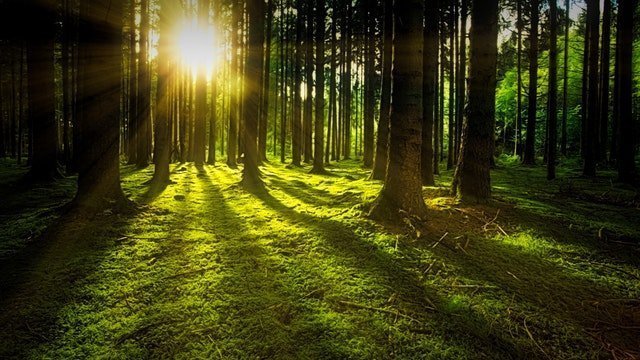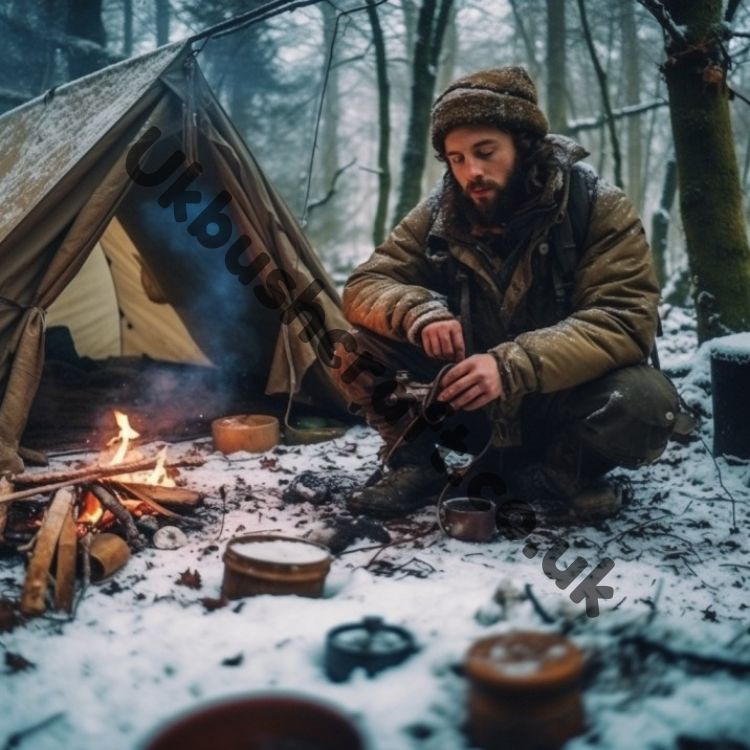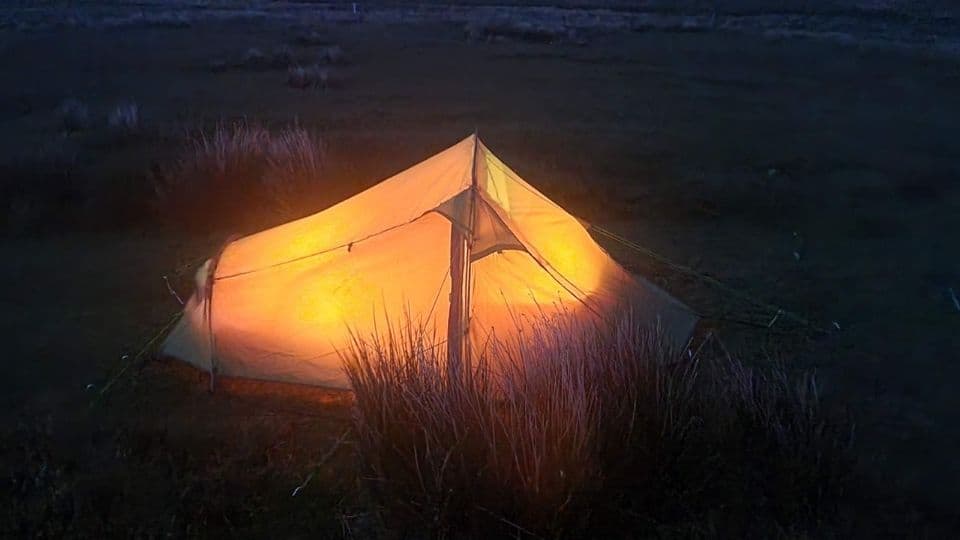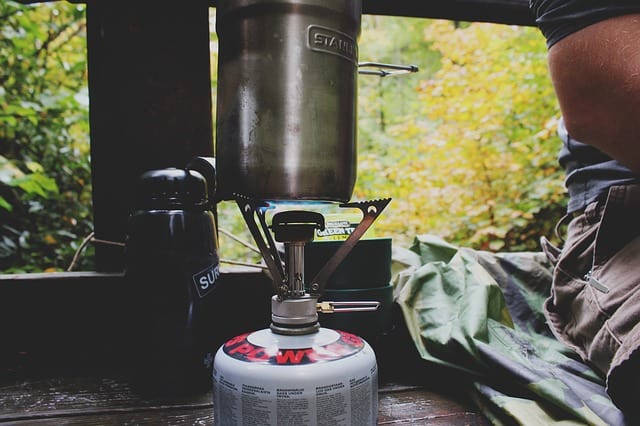Leave No Trace, The seven principles
Leave no trace is a code of ethics every user of the outdoors should know and follow. It involves looking after the environment and leaving no trace of ever having been in the area you are using.
That means not leaving scorch marks from fires on the ground and not leaving wrappers and cans laying around. Not taking your 4×4 truck through a wet patch of ground when you could just as easily drive on a path.
No one likes to head out camping and get to what you think is a beautiful spot only to find a heap of rubbish left behind by the last guy. It’s not cool. It can take over 450 years for a single plastic bottle to decompose fully, just let that sink in.
Now in the US alone there are about 40 million people a year go camping, imagine if everyone left one plastic bottle behind. The effect on the environment and wildlife does not bear thinking about, but if we all do our bit, it’s so easy to prevent.
The seven principles of leave no trace
- Plan ahead and prepare
- Travel and camp on durable surfaces
- Dispose of waste properly
- Leave what you find
- Minimize campfire impacts
- Respect wildlife
- Be considerate of other visitors
a link to Wikipedia leave no trace
So what can I do to leave no trace?
Prepare at home
For the most part, it’s easy. You need to think ahead a little. Let’s start with food if you can prepare some meals at home you can easily cut down on wrappers and plastics by half. That way, you would be less likely to think about leaving it behind. If you pack it in, you pack it out. Recycling back at home is the best option. If there were waste left when you got there, if it’s safe to do so, It would be great if you could get it home to recycle.
Respect the environment
Try your best not to damage the environment. Don’t just turn up to camp and start hacking healthy live trees down to make a tempory shelter or use it as firewood. our campfire guide here. There are usually more options around you if you look. A quick scout of the area will often yield some fallen wood to be used for fires and such.
Take care with campfires
Clear an area for fires, try to have fires in a relatively clear space to start with to avoid problems. If possible, take about 3-5cm of the soil off the top of the area you want your fire. That way you can cover it back over with the dirt off the top when you are done. Leaving no visible burn marks, If you had to remove surface debris (leaves, twigs), be sure to put them back when done. Goes without saying always make sure fires are out 100%. The best way is to douse with water and stir with a stick, making sure all ashes are soaked you should be able to pick up the wet ashes with bare hands once it has cooled down. From there ashes should be scattered out over a large area.
Respect all wildlife and plants
When walking to camp, don’t take the shortcut through the bluebells. Try to respect the natural flowers and fauna and also wildlife. While the shortcut may be tempting, you could be trampling rare or endangered plants into the ground. So if you can stick to and paths where you can, after that be mindful of where you step.
Take only photographs
Never try to take anything you find in the wilds home with you. The chances are that that rock or branch you think looks cool is actually what something calls home. Be respectful of that; try your best not to disturb the natural landscape in any way that would be destructive.
Look after what we have
Remember you are not the first and not the last person to visit the site you are at so, try to look after it as best you can and leave no trace. That way, it will be just as nice for the next person or yourself to enjoy the next time you visit.
Human waste
Human faecal waste should be buried away from paths and watercourses whenever possible. Any toilet tissue should also be removed and not left behind. If you have a campfire going burning is a good option here.
Cleaning up
Washing you should only use biodegradable soaps in the outdoors but should also take care not to let it enter any watercourses. Used water is best spread out over bare soil if possible, spread over a large area to be safe.
In Summary
Remember leave no trace does not just apply To campers, bushcrafters, or people hiking. This applies to anyone who spends time outdoors.
If everyone could just put in a little effort, it would be a significant benefit to the environment and would ensure all can enjoy it for many years to come.




